The Lancet, Volume 375, Issue 9718, Page 883, 13 March 2010
These days, thanks in part to the great popularity of the modern psychoactive drugs they prescribe, psychiatrists are generally portrayed in popular film and television as rather lovable characters. Think Kelsey Grammar as Dr Frasier Crane in Frasier, Gabriel Byrne as Dr Paul Weston in HBO’s In Treatment, or Lorraine Bracco as Dr Jennifer Melfi in The Sopranos. Not so the psychiatrist and psychiatric institution at the centre of Martin Scorsese’s lurid new film about a state hospital for the criminally insane located on a fictional island off the coast of Boston. Psychiatry in Shutter Island is seen as a dark art capable of driving the sane to madness, a portrayal that owes more to One Flew Over the Cuckoo’s Nest (1975) and Frances (1982), with their electroshocked and lobotomised protagonists, than the friendly neighbourhood TV therapists more commonly featured on screen today.
It is 1954, and Leonardo DiCaprio plays US marshal Teddy Daniels, a World War 2 veteran who has lost his wife. While investigating the disappearance of a patient, Daniels finds himself inadvertently trapped on the island, where a smooth-talking psychiatrist, played by Ben Kingsley, oversees the treatment of a cast of involuntarily committed patients. As the convoluted tale unfolds, we find the patients frightened, shackled, kept in dark cells unclothed, painting the walls with their own blood. They screech in the halls and some suspect the psychiatrists of performing Nazi-style experiments on them, involving forced lobotomies and secret drugging. The leering warden, dressed in pseudo-military garb, coolly threatens to bite their eyeballs off.
Because the film presents all this in the most overwrought way possible, replete with a soundtrack that sounds as if a knife-wielding murderer is perpetually stalking the camera, viewers will probably consider much of it pure fantasy. But, in fact, many of the transgressions depicted in Shutter Island actually did occur at such institutions in the USA and elsewhere during the 1950s. Dennis Lehane, who wrote the novel on which Shutter Island is based, is well known for gritty realism in works such as Mystic River and for his writing on the HBO crime drama The Wire. He based Shutter Island’s fictional hospital on the real-life Bridgewater State Hospital for the Criminally Insane in Bridgewater, MA, USA. The character played by Kingsley is based on Bridgewater’s reforming medical director, the Harvard psychiatrist Dr James Gilligan, who served as a consultant on Scorsese’s film.
Bridgewater’s treatment of its charges during the 1950s has been well documented. Patients were kept chained to walls, naked in solitary confinement for decades, harassed by guards, and deprived of adequate treatment. Some were admitted to the maximum security institution for crimes no worse than urinating in public. Patients in such institutions were subject to both therapeutic and non-therapeutic experimentation.Revelations of these and other transgressions at state psychiatric hospitals led to their wholesale abandonment in the second half of the 20th century, an exodus that has arguably left some patients who once roamed their halls untreated and on the streets or in prisons.
But never mind all that. Shutter Island is not particularly interested in saying anything interesting about this bit of history, nor its contemporary relevance. It’s all just a titillating backdrop for a creepy—and not terribly credible—trip into the depths of madness. Throughout the film, we are assaulted with long sequences from the interior of Teddy Daniels’s tormented mind, littered with macabre images of dead children, wartime massacres, and his lovely dead wife, pictured dripping wet, then with blood, and then turning to ash. Is he as mad as the island’s patients? Or is it the psychiatrists with their ominous secrets and strange luxuries who are the dangerous and unhinged ones, driving the sane insane with their malevolent ministrations?
The film’s overheated flourishes will make it hard for viewers to take its resolution of these Foucaultian questions seriously, which is probably just as well. For at the end of this twisty tale, healing is impossible and repression the only solution. The horrors of the asylum are abruptly dismissed as just another fevered delusion, and the ethos enunciated by one of the psychiatrists, that “wounds create monsters” and “monsters must be stopped”, redeemed. In the final scene, the manicured grounds are dazzlingly green, the sun is shining, and the tortured souls go off to their lobotomies, resigned to “die as a good man” rather than “live as a monster”.
There are some good performances here, and if you can appreciate the beauty of a stylised pile of corpses frozen in the snow, some visually striking imagery, too. But for all its provocative imagery, Shutter Island is an empty story. For a truer and altogether more chilling portrait of institutional psychiatry at this time, Frederick Wiseman’s long-banned 1967 documentary Titicut Follies, filmed during 29 days at Bridgewater, retains its disturbing power.
Reprinted courtesy of The Lancet.




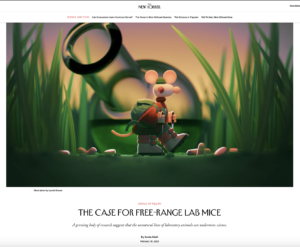
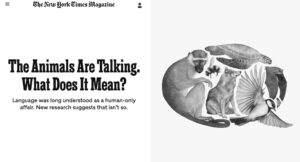
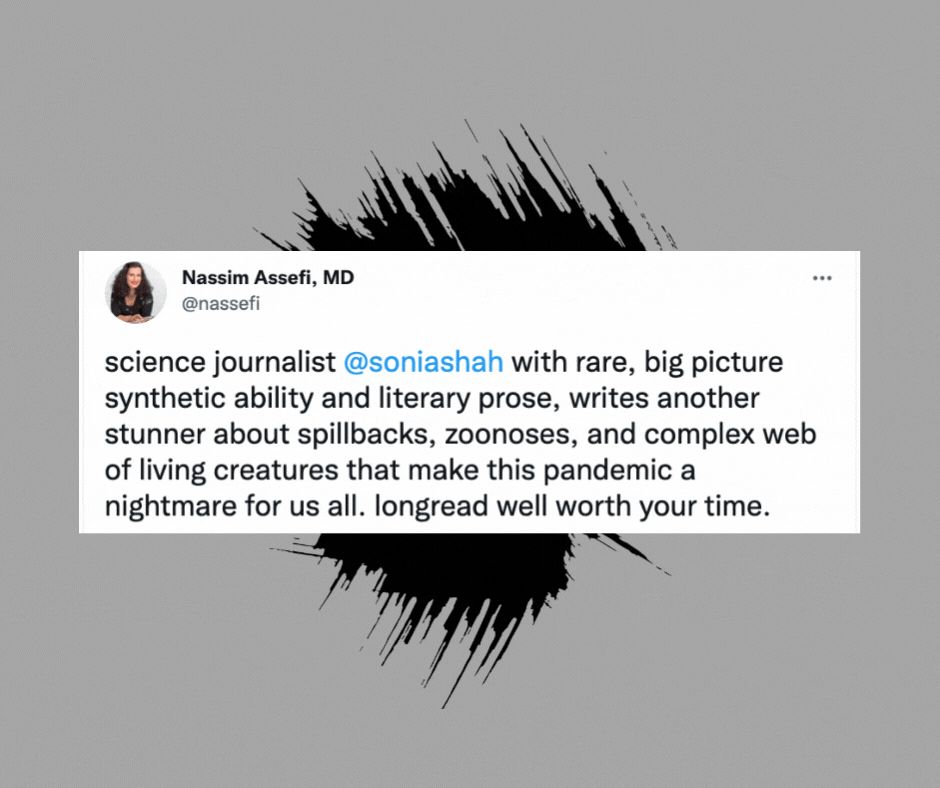
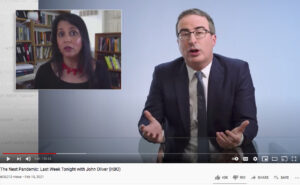
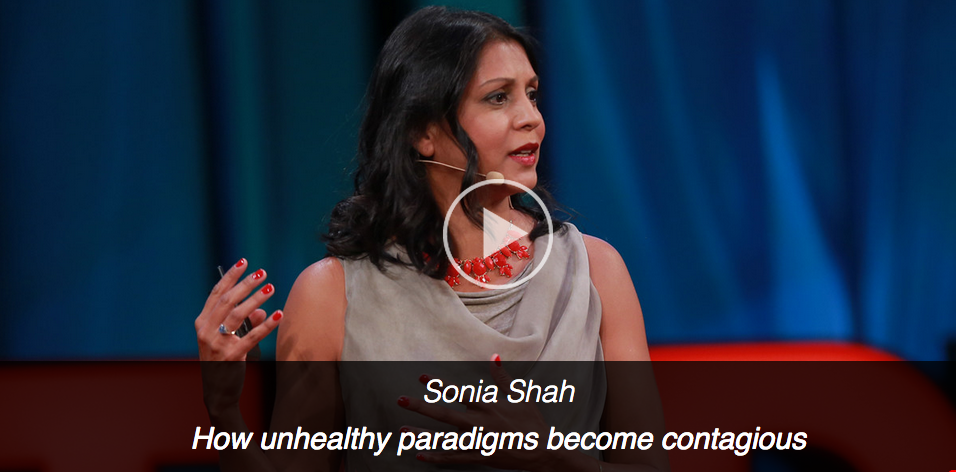





Leave a Reply